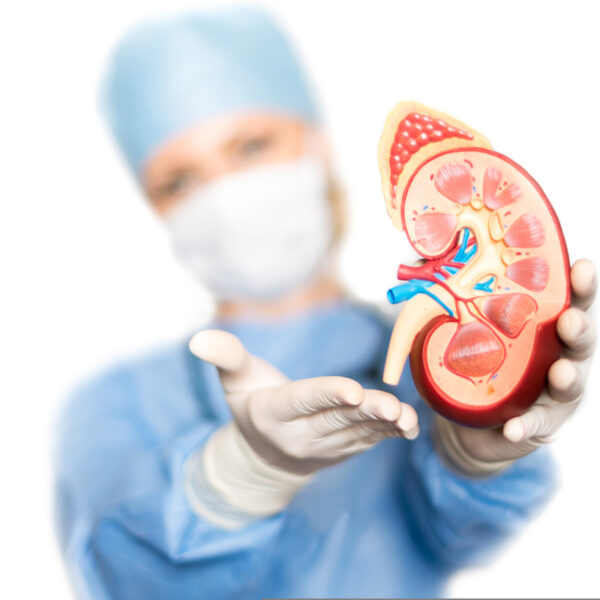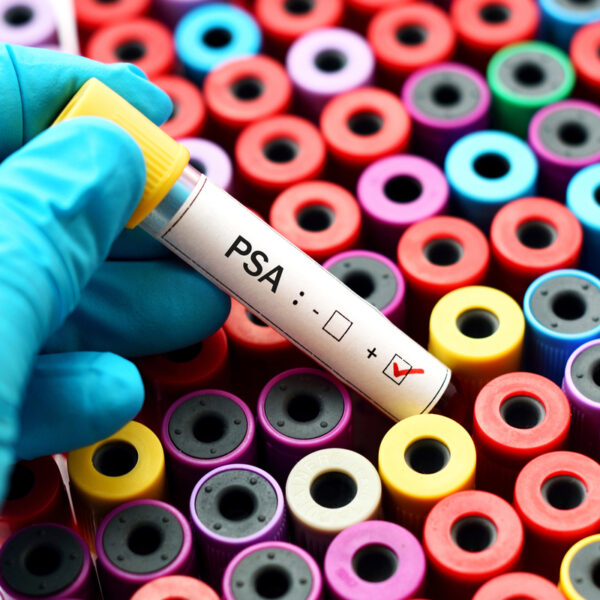
Understanding Medication for Dementia: A Comprehensive Guide
Dementia is a complex and progressive condition that affects millions of people worldwide. It encompasses a range of symptoms associated with cognitive decline, including memory loss, confusion, and difficulties with thinking and problem-solving. While there is currently no cure for dementia, various medications can help manage its symptoms and improve the quality of life for those affected. This article aims to provide a comprehensive overview of the medications commonly prescribed for dementia, their benefits, and considerations for their use. Dementia is an umbrella term for a range of cognitive disorders, with Alzheimer’s disease being the most common. Other types include vascular dementia, Lewy body dementia, and frontotemporal dementia. Each type has its own set of symptoms and progression patterns, but they all share the common feature of cognitive decline. Medications for dementia are primarily aimed at managing symptoms rather than curing the condition. These medications can be broadly categorized into two groups: cholinesterase inhibitors and memantine. Cholinesterase inhibitors are often prescribed for mild to moderate Alzheimer’s disease. They work by increasing levels of acetylcholine, a neurotransmitter that is important for memory and learning. Commonly prescribed cholinesterase inhibitors include donepezil, rivastigmine, and galantamine. These medications can help improve cognitive function and delay the progression of symptoms in some individuals.









